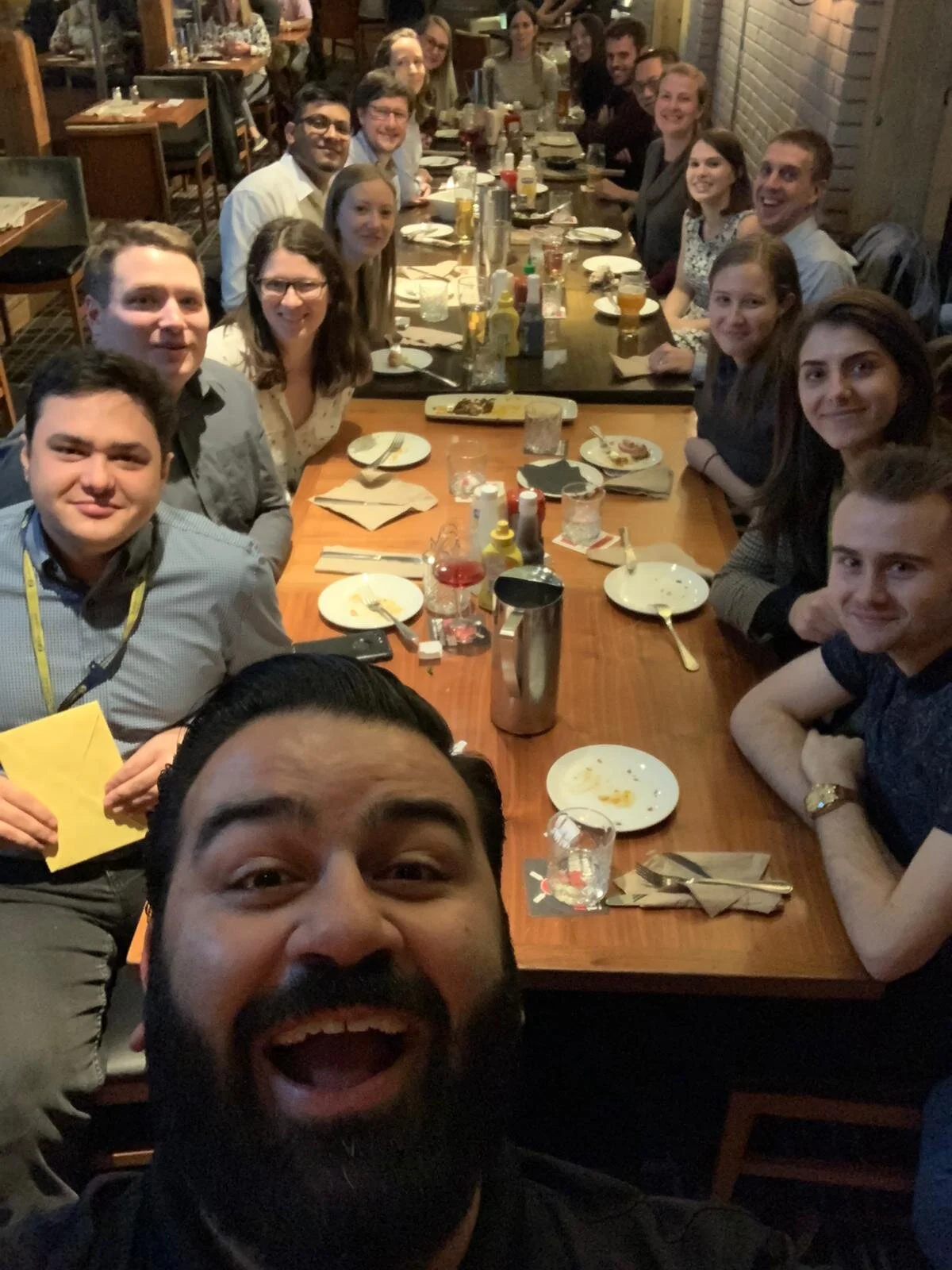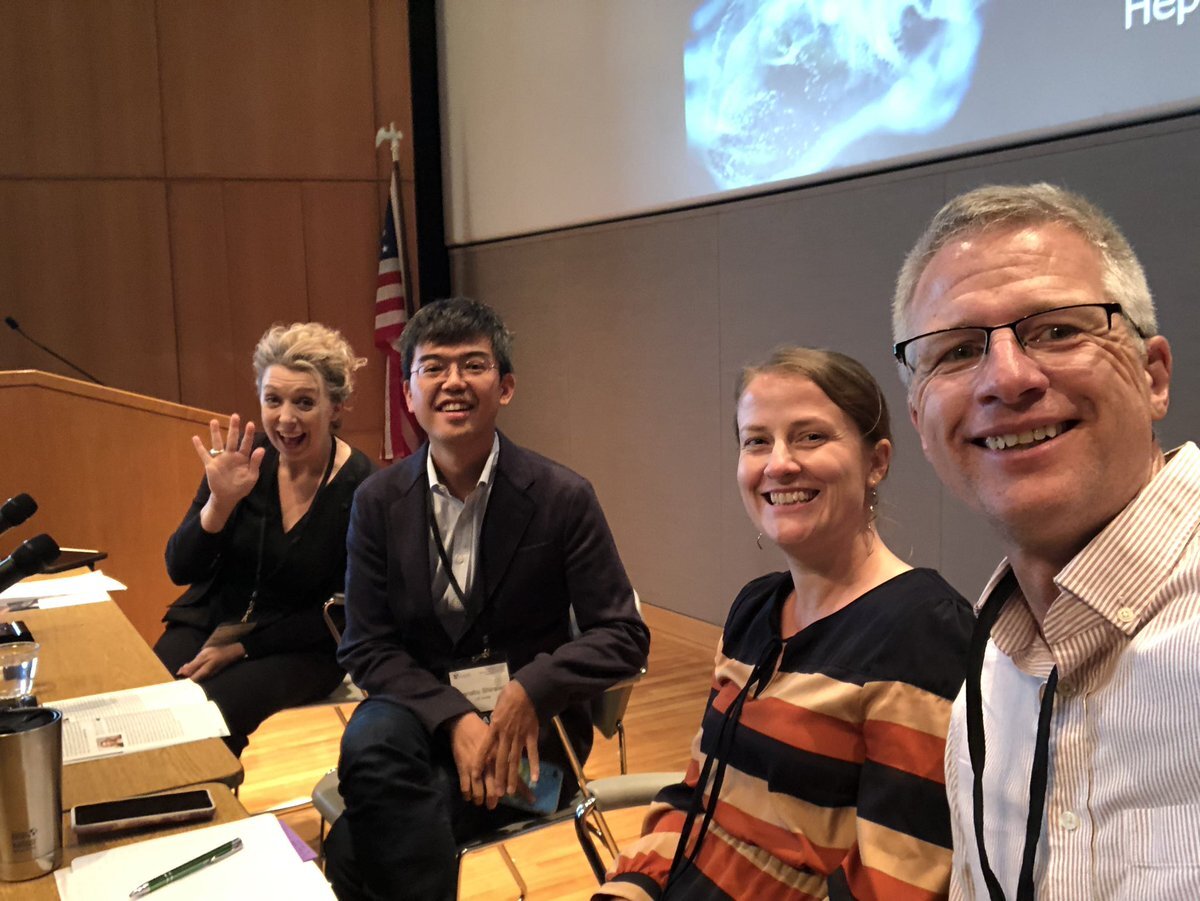Two papers from our team related to tropospheric hydrogen chloride (HCl) were recently published. HCl represents the primary gaseous reservoir of reactive chlorine, which has been shown to impact air quality. As a highly surface-active gas, obtaining accurate measurements of gaseous HCl is challenging.
A paper led by Teles validated a new commercial spectroscopic instrument for the measurement of tropospheric HCl. He performed laboratory and ambient intercomparisons to demonstrate the accuracy and precision of this robust and compact new instrument. The paper was published in Atmospheric Measurement Techniques.
Another paper led by Andrea used the same commercial instrument to make measurements of HCl in a coastal city (St. John’s, NL) in the spring and a continental city (Toronto, ON) in the winter. By comparing the HCl measurements with co-located supporting measurements and a global model, we can better understand the sources of HCl in these areas. The paper was published in ACS Earth & Space Chemistry.
The HCl analyzer in action.













